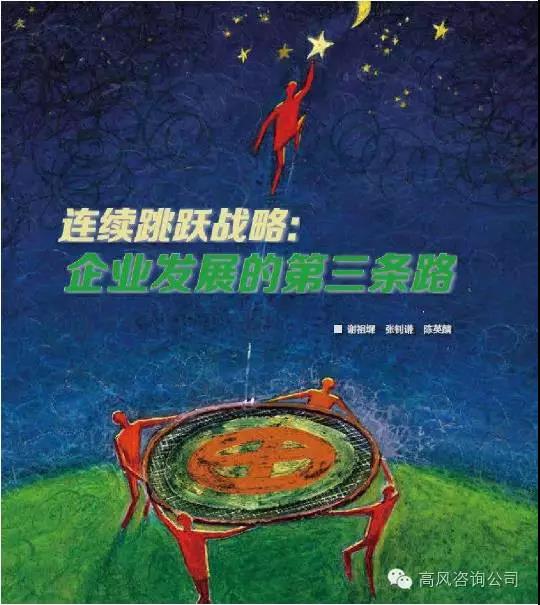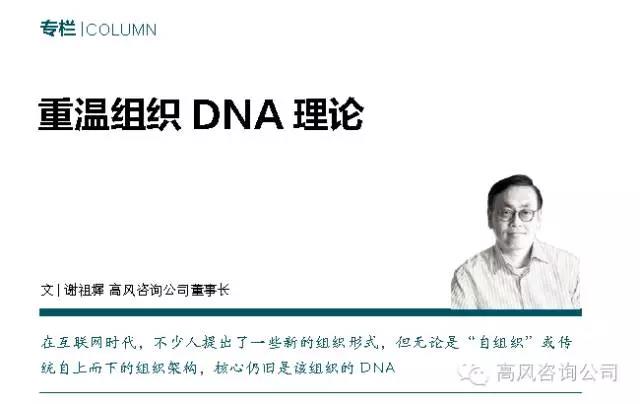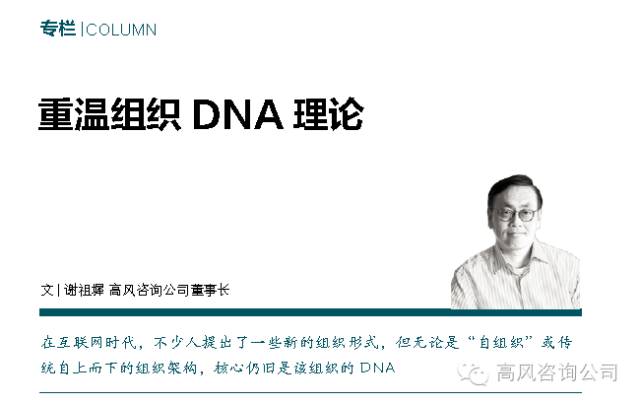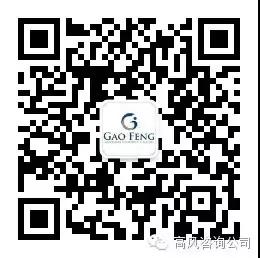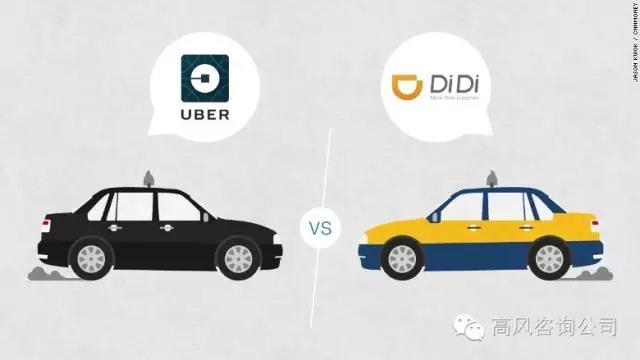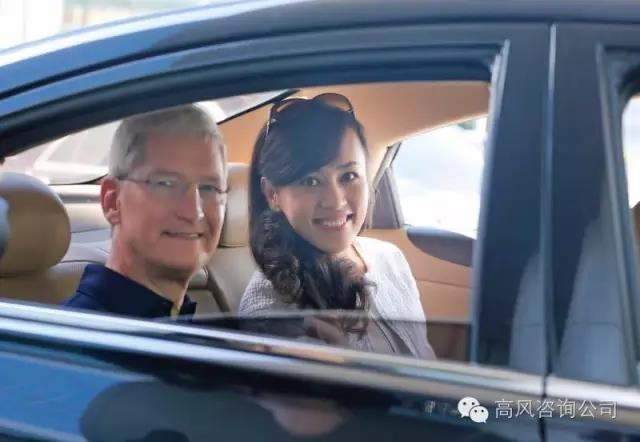
MAY 23, 2016 @ 09:35 PM | FORBES.COM
Co-authored by Edward Tse, Bill Russo and Alan Chan
On May 13, Apple announced a USD 1 billion investment in China’s leading on-demand mobility (ODM) service, Didi Chuxing (Didi). Didi’s legal name in Chinese means “little orange”, and an internal announcement made to Didi’s employees literally welcomed the apple to the orange family.
To understand the logic of this investment, it is important to first understand the popularity and explosive growth of such services in China – along with the role that Didi plays inside the expanding ecosystems of its largest investors, Tencent and Alibaba.
Originating from separate taxi-hailing services in 2012, Didi is now a one-stop mobility solutions provider that provides a variety of services including taxi-hailing, private-car hailing, on-demand bus, peer-to-peer ride-sharing, designated driver and test driving. Didi currently has 14 million registered drivers, completing over 11 million rides per day in over 400 cities across China. With over 87 percent share of the Chinese private car-hailing market, Didi is far larger than all the other ODM service providers in China, including Uber.
As a global leader in smart connected device technology, Apple has been exploring opportunities to expand the reach of its iOS ecosystem. It is an “open secret” that Apple is working on its own vehicle program, code-named Project Titan, investing billions in R&D and poaching talent from leading automakers including Tesla, General Motors and Ford. As a manufacturer of intelligent devices, Apple is a “serial disruptor” of industries ranging from media to telecommunications, and views smart transportation as a key target.
The logic of this collaboration is quite evident: the premier global smart device maker (Apple) has set its sights on disrupting transportation in partnership with the dominant mobility services platform (Didi) in the world’s largest car market with the largest number of mobile internet users. Through this partnership, Apple and Didi will have the opportunity to shape the connected mobility ecosystem for China as well as the rest of the world.
A Collaboration Model for Connected Mobility Innovation
The traditional owner-centric business model of the car industry is being disrupted by shared ODM services. As a result, we have witnessed the rapid emergence of a user-centric business model served by mobility services platforms dominated by Uber and Didi. Apple’s investment in Didi will ensure that they will be able to access China’s dynamic internet and mobility ecosystem.
Apple gains a Chinese partner not only with a strong mobility services brand, but also with a proven market sensing capability and keen understanding of how to address mobility pain points. Apple can leverage this to launch a car that delivers the perfect connected mobility user experience, and this can be leveraged both inside and outside of China. Didi will benefit from being affiliated with the world’s premier smart device company, and also gains a major global strategic partner to help penetrate into overseas markets and compete globally with Uber.
While not the primary motivation, Apple’s investment in Didi can also help foster goodwill in China, signaling a willingness on the part of Apple to collaborate with leading Chinese companies. The importance of maintaining such goodwill was underscored recently when Chinese regulators shut down access to some of Apple’s online media stores, triggering concerns among investors. In addition, Didi expects to turn a profit next year and eventually list their shares, which could provide Apple with a fast return on their capital investment.
The recent loss of momentum in Apple’s profit growth and share price performance has raised concerns among investors that the Apple may not be able to recover its shine. The deal with Didi brings hope that Apple can disrupt the auto industry in the world’s largest auto market.
From Connected Mobility to Connected Lifestyle
However, connected mobility is just one segment of the larger “connected lifestyle” opportunity. The convergence of disruptive technologies such as autonomous driving, artificial intelligence and virtual reality will have the power to transform our everyday lives. The implications of this go far beyond mobility, which is just one of the spaces where we will be connected through a smart device or platform.
Cars will increasingly become smart, connected, electronic and autonomous – and increasingly accessed through a mobility service. A logical interpretation of Apple’s strategy is that it views the car as a “third place” after home and office where people are connected to the internet. Its investment in Didi should be viewed as a strategic opportunity for Apple to capture a larger share of a mobility user’s time online, thereby generating recurring revenue. By creating a more personalized mobility solution, Apple also hopes that the users of such a mobility service would eventually prefer an Apple hardware platform when they are on wheels.
More than just a taxi-hailing service, Didi is a technology-enabled platform. With advanced algorithms to match supply and demand, surge pricing and real-time route optimization, Didi is efficiently moving people and things by maximizing the utilization rate of vehicles. More importantly, with big data and machine learning capabilities, Didi’s competitive advantages are constantly evolving and being reinforced.
Like WeChat and Alipay, Didi has emerged as one of the few “Super Apps” holding a vital part of Chinese consumers’ daily connected lifestyle. These Super Apps typically start by addressing a major pain point and eventually evolve into ecosystems of connected lifestyle services for potentially billions of users. They possess valuable “big data” on a user’s mobility patterns that are of high commercial value.
“Apple + Didi” vs. “LeEco + Yidao”
In fact, the “Apple + Didi” model is already being experimented by LeEco, a leading Chinese internet media company founded (as LeTV) in 2004. Last year, LeEco purchased a 70 percent stake in another Chinese car-hailing app Yidao Yongche. LeEco is also the principal investor in Faraday Future, a U.S.-based electric vehicle startup that is featuring a “subscription model” where users can enjoy the flexibility and convenience of mobility on-demand without having to own the vehicle. Apple’s recent monthly paid iPhone subscription program indicates that they may already be considering such a business model for other smart devices.
The usage-based model effectively eliminates the problem of up-selling features to individual owners by allowing the businesses that generate revenue from the device to cover the cost for adding the technology.
LeEco’s vision is to cover all aspects of consumer’s connected lifestyle by establishing an extensive business portfolio with mobile internet, e-commerce, sports, internet finance, entertainment and others. It is rapidly building a vertically-integrated ecosystem comprised of “Content, Devices, Platforms and Applications” offering premium user experience across multiple screens (i.e. mobile, tablet, computer, cinema, TV and cars).
Disrupt or Be Disrupted
Going forward, we expect to see increasing levels of coopetition, and more cross-border, cross-industry collaborations:
Coopetition: Google is an early investor in Uber while Baidu is a strategic investor in Uber China. Alibaba is a major investor in Didi. Meanwhile, Ant Financial Services Group, Alibaba’s affiliate that runs Alipay and other financial services, has partnered with Uber to enable Alipay globally. Apple’s deal with Didi could potentially challenge both Uber and Google. In addition, Didi is a member of an “anti-Uber alliance” including Lyft in the U.S., Grab (formerly GrabTaxi) in Southeast Asia, and Ola in India. With Didi’s aspiration to become a global company, Apple could eventually extend strategic partnerships to other companies in the alliance as well.
Cross-border: China (Beijing) and U.S. (Silicon Valley) will be the leading innovation hubs for connected mobility and beyond. The Chinese government is keen to promote electric vehicles adoption and digital transformation to improve urban mobility and address environmental issues. China could leapfrog and become the epicenter for connected mobility innovation on a global scale, with its massive population serving as a fertile ground for technology commercialization, as well as connected lifestyle. Permutations and combinations of cross-border alliances for connected lifestyle will create tremendous value for Chinese internet users as they trade-up for better products and services.
Cross-industry: The boundary between automotive and internet technology industries will become increasingly blurred. General Motors, as one of the most forward-looking incumbents, has formed a strategic partnership with Lyft, acquired self-driving start-up Cruise Automation and established a new business division named Maven to experiment with new mobility services. Other automakers are also catching up by piloting ODM services, including Daimler’s Car2Go, Ford’s Go!Drive and Ford Pass, BMW’s DriveNow, and Audi On-Demand. We have already seen emerging “disruption clusters” in China, including (1) LeEco, Faraday Future, Aston Martin and Yidao Yongche, (2) Future Mobility, Tencent and Foxconn, (3) NextEV, Tencent and JD.com, and (4) Alibaba and SAIC.
A Partnership to Reimagine Mobility
China is at the epicenter of a disruptive wave of automotive innovation and beyond. The mobility experience is being redefined with innovative usage-based business models. Incumbents and new players must re-evaluate their connected mobility strategies with a new lens for delivering the perfect connected mobility experience. Past success in the old automotive game is not a guarantee for future success. In fact, one would surmise that past legacy could often become a barrier for swift and innovative moves going forward. It is time for the leading companies from China and Silicon Valley to join forces to re-imagine mobility and the marriage between Apple and Didi could offer the promise of doing just that.
About the Authors:
Edward Tse is founder & CEO, Gao Feng Advisory Company, a global strategy and management consulting firm with roots in China. A pioneer in China’s management consulting profession, he led the Greater China operations for two major international management consulting firms for 20 years and is widely known as China’s leading global business strategist. He is author of The China Strategy (2010) and China’s Disruptors (2015).
Bill Russo, Managing Director at Gao Feng Advisory Company and Alan Chan, Senior Consultant.
